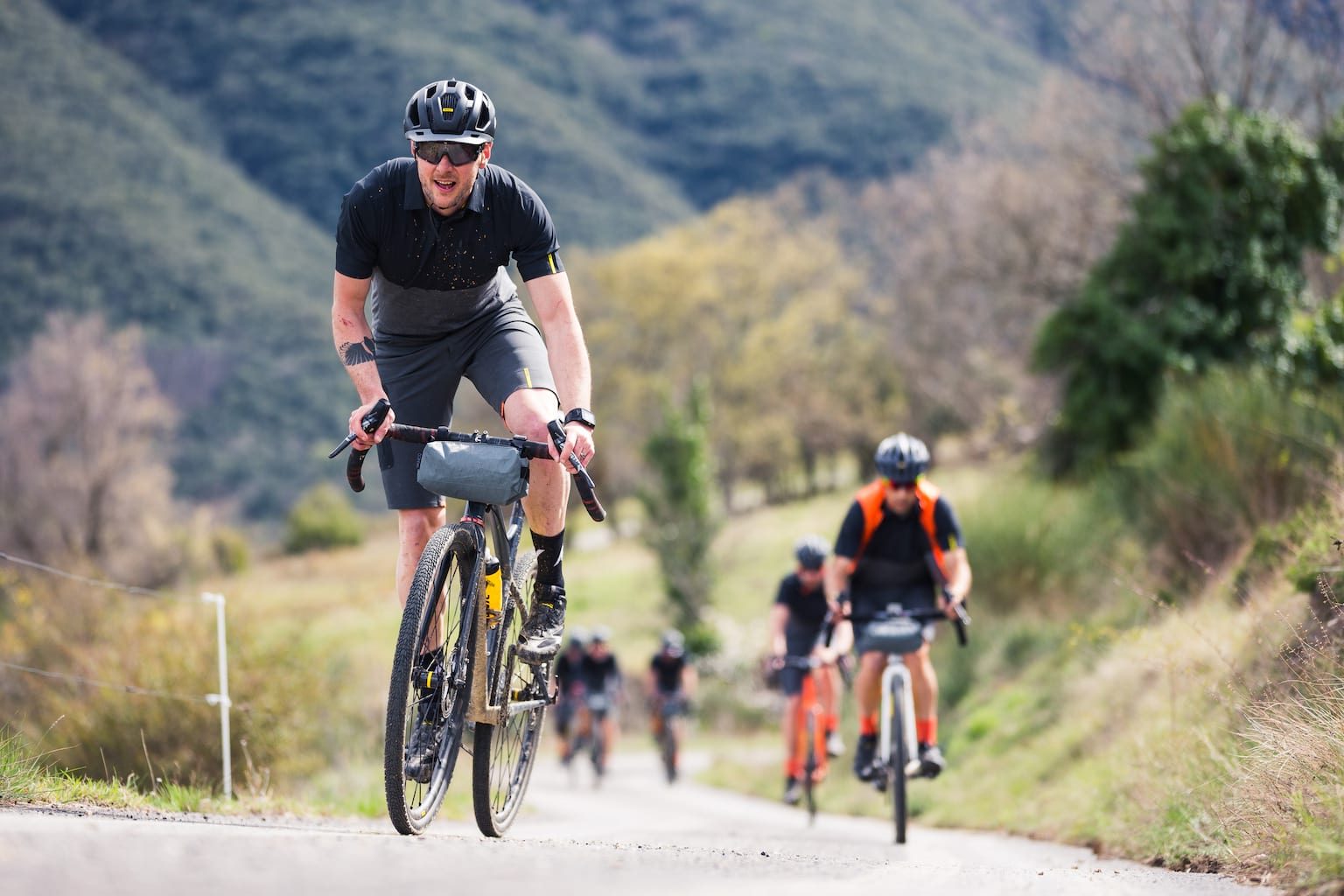Few would deny that it has taken Europe a while to fully embrace gravel riding as a concept. Whether that be due to a deeply rooted ‘cross culture (in some strongholds, at least), the fact that Europe has a dearth of the flat dirt roads that typified gravel’s Stateside growth, or some other reason, we’ve since begun to play catch up. It hasn’t taken long for riders to realise that chunky tyred drop-bar bikes are significantly more capable and versatile than one might first imagine. Euro-based companies are quickly catching up too – Canyon’s recently launched Grail being a case in point.
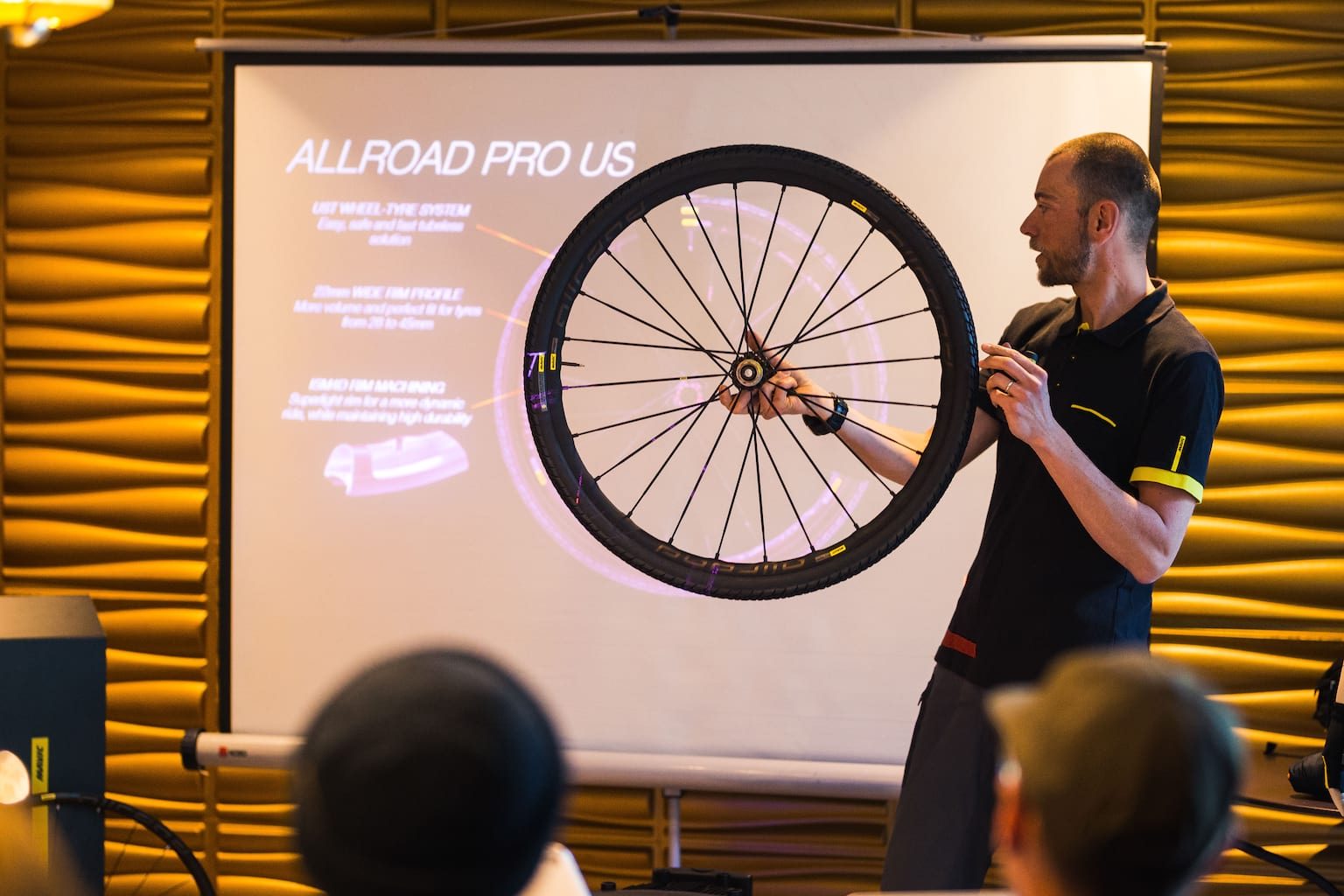
Mavic has been dabbling in gravel for a while with its Allroad wheel/tyre system, but 2018 sees them more fully embracing the concept. That wheel and tyre line-up has been expanded, and the French company’s already extensive clothing line has now got some “gravel specific” (in the most tongue in cheek way) items. You can take a look at that clothing over here, but first, lets review the new wheel line up.
Wheels – wider, but making the most of Mavic’s technologies
Allroad Pro UST
- Price: £859 (including a choice of tyres)
- Weight: 1610g (claimed)
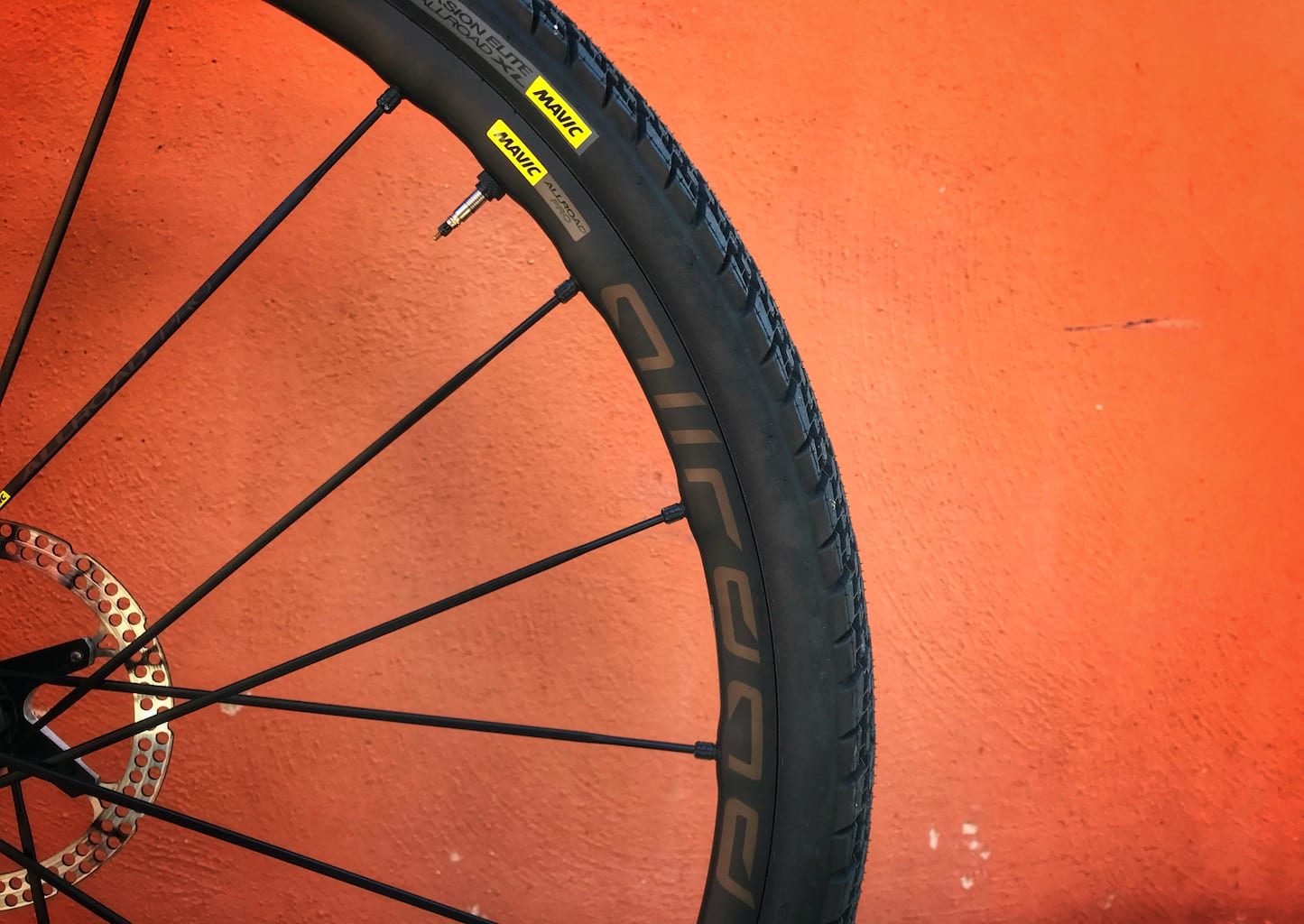
The Allroad Pro UST is an evolution of Mavic’s current gravel wheelset. The alloy rimmed hoops apply the many years of experience Mavic have when it comes wheel tech. Starting at the outside and working in, the 22mm internal width of the rim makes them an ideal pairing for 30-40mm tyres. Mavic uses “ISM4D” machining on the rim material between spokes, removing excess metal where it isn’t needed, without compromising strength around the stress points of the wheel. On this top spec wheel, Mavic also uses “fore” drilling – essentially only attaching the spoke to the outer wall of the rim bed, leaving an uninterrupted upper rim bed, meaning no need for tubeless tape. And as you will have guessed by the UST moniker, the Allroad Pro is tubeless compatible, as are all the wheels in the range. The Allroad range use the ID360 ratchet style freehub, as seen on Mavic’s road wheels for a couple of years now. This means that hub provides quick pick up with 9º of engagement and Mavic is confident enough about its performance in cruddy conditions that it will be appearing in its mountain bike line in coming years. Attaching that hub to the rim are Zicral alloy spokes. Mavic also provides a range of adapters to fit most current standards. It’s also worth noting that from 2018 all hubs will be centerlock only. 6 bolt rotors will obviously fit, but you’ll have to buy some adapters.
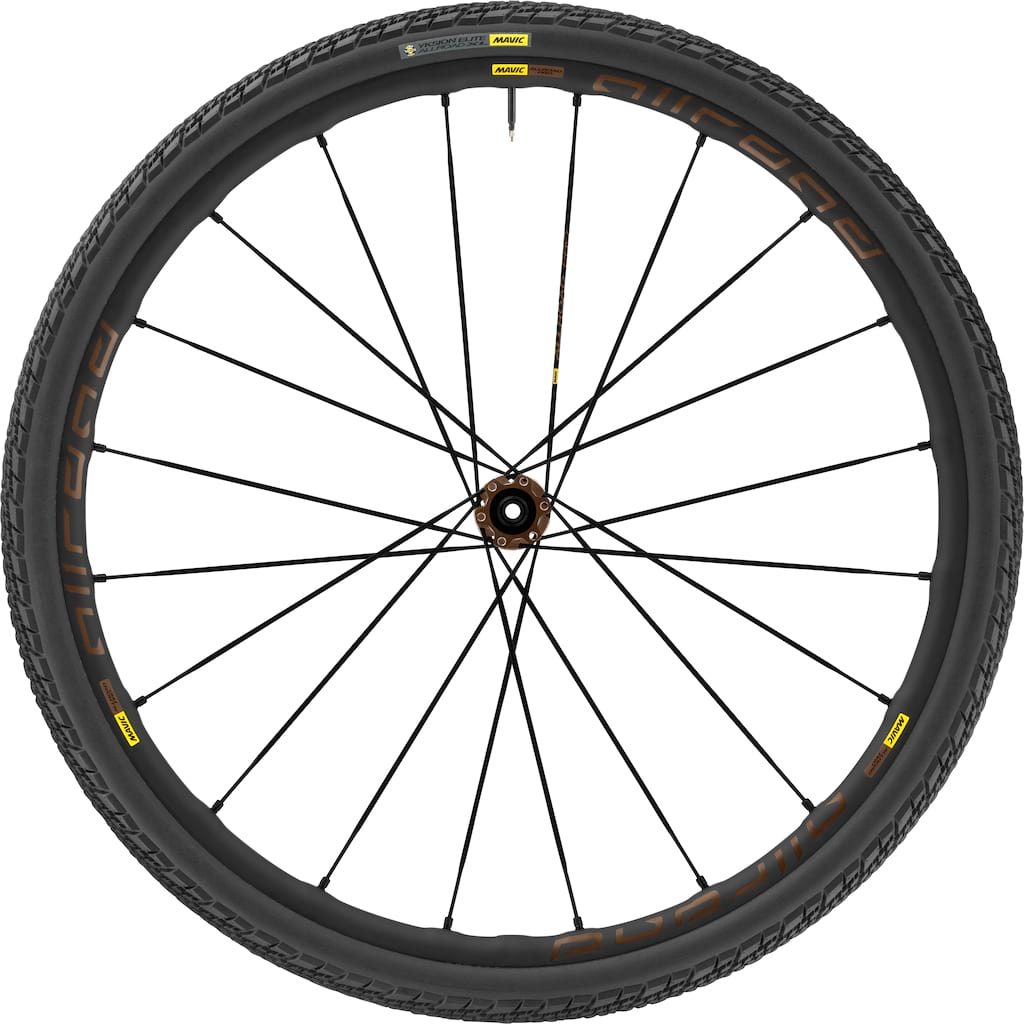
Mavic like to create total “Wheel Tyre Solutions” for your bike – integrated packages that are designed specifically together. That being the case, the Allroad Pro UST wheels come with a choice of Yksion tyres – more on those shortly though.
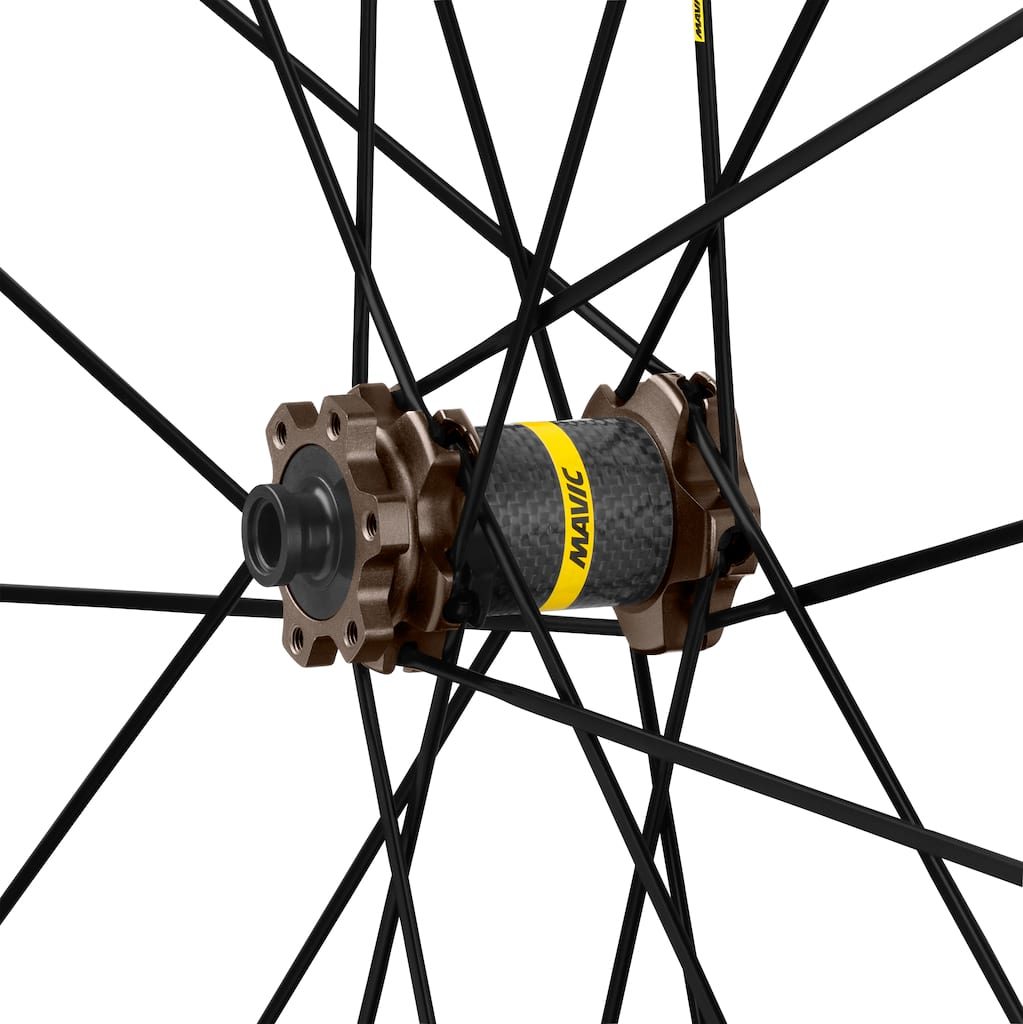
Finally, lets have some vital statistics – the wheelset weighs in at 1610g – certainly a respectable, if not startling weight and comparable to more expensive carbon options.
This was the wheelset that we used in conjunction with Yskion Allroad XL tyres. Keep scrolling for our first impressions.
Allroad Elite UST
- Price: £659 (including a choice of tyres)
- Weight: 1720g (claimed)
For those who find that a little spendy, the Allroad Elite UST may appeal. It is essentially the same wheel as the Allroad Pro, but trades alloy spokes for steel ones, adding just over one hundred grams of weight, but lowering the cost.


Allroad UST
- Price: £225 (tyres not included)
- Weight: 1890g (claimed)
The last 700c wheel in the Mavic range is the Allroad UST. It is the most “conventional” of all of the wheelsets, but the (sleeved joint) rim keeps that 22mm internal width and the Allroad shares the same hub as its spendier siblings. The entry-level wheelset also doesn’t come with Mavic’s tyres. We reckon we’ll be seeing quite a few pairs of these on entry-mid level bikes next year.
Allroad Elite Road+ UST
- Price: £629 (tyres not included)
- Weight: 1740g (claimed)
As more gravel bikes come either with a 650b wheel as designed, or the flexibility to swap, Mavic has introduced a smaller diameter wheel into their line up. The Allroad Elite Road + shares many of the same features as the Allroad Elite, but comes with a wider, 25mm internal width – designed for wider (Mavic quote 45mm, but we are sure the rim will happily cope with wider still) higher volume tyres. Interestingly, there are no 650b currently gravel tyres in Mavic’s range, but we are sure it won’t be long before they are introduced.
Tyres
Mavic now has three versions of its Yskion tyre – 30mm, 35mm and 40mm. The differences go beyond their width though, with a thought spared for the likely riding each width will be asked to do.
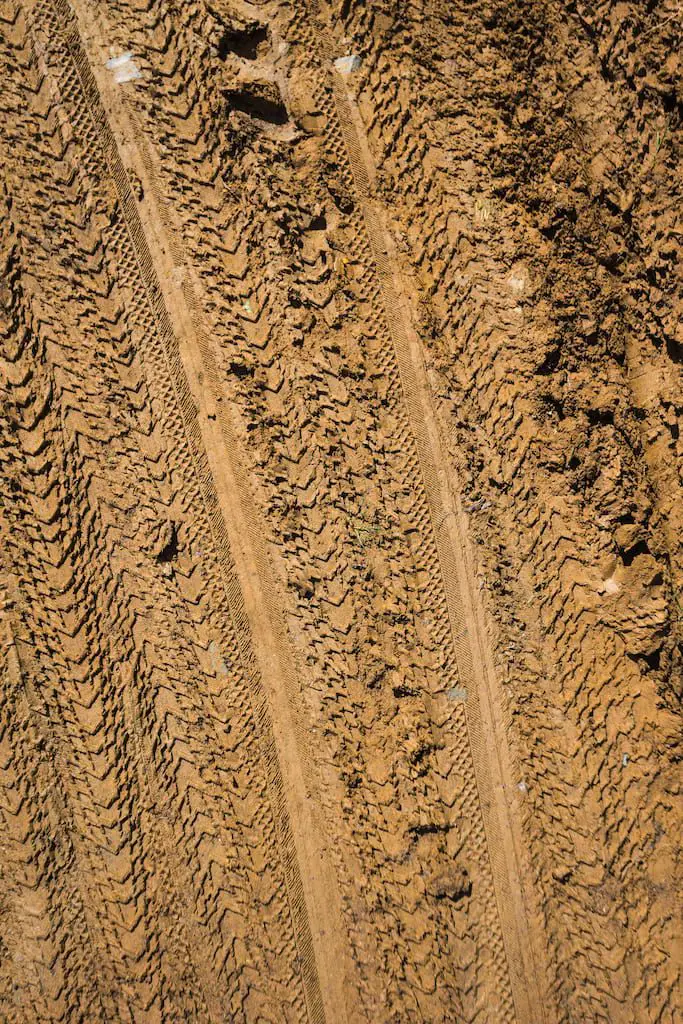
Yskion Allroad XL UST
- Price: £52
- Weight: 450g (claimed)
The XL is the largest gravel tyre in Mavic’s current range. 40mm seems to have been settled on as the ideal 700c width (give or take) for gravel riding. It offers enough volume to allow running relatively low pressures (especially when set up tubeless), without causing too many clearance headaches and still giving good rolling resistance.

The Yskion Allroad XL has a relatively thick tread pattern, with a lot of rubber across the contact patch and shoulders of the tyre. Deep grooves are cut into the rubber, but the overall impression is of a tyre that is designed for relatively dry off road conditions.
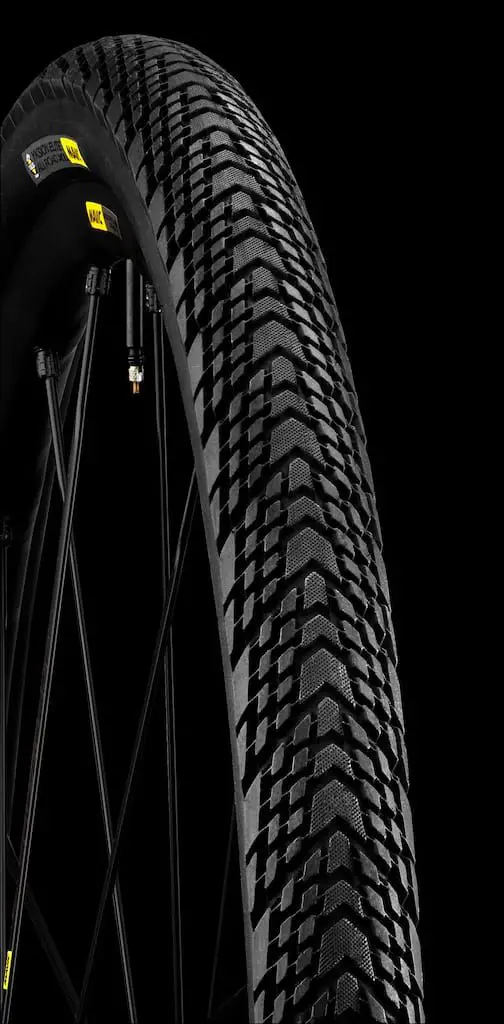
This was the tyre that we used in conjunction with the Allroad Pro UST wheelset. Keep scrolling for our first impressions.

Yskion Allroad UST
- Price: £52
- Weight: 330g (30mm) and 395g (35mm) (claimed)
The Yskion Allroad UST is available in both 30mm and 35mm widths. Once again the tread pattern is subtly changed between the two, but both have thickly grooved profiles, rather than one of a particularly deep tread. They feature thinner rubber to bring the weight round, but obviously this makes them more prone to punctures and tears.
The Yskion Allroad UST 35mm tyre is also available in a tan/brown sidewall option.
How do I decided what tyre to use?
It can be a pretty overwhelming for riders to choose a tyre sometimes. There are so many variations between manufacturers, never mind once you start comparing one companies’ offering to another’s. It’s no wonder that forums are full of “what tyre for?” type threads.
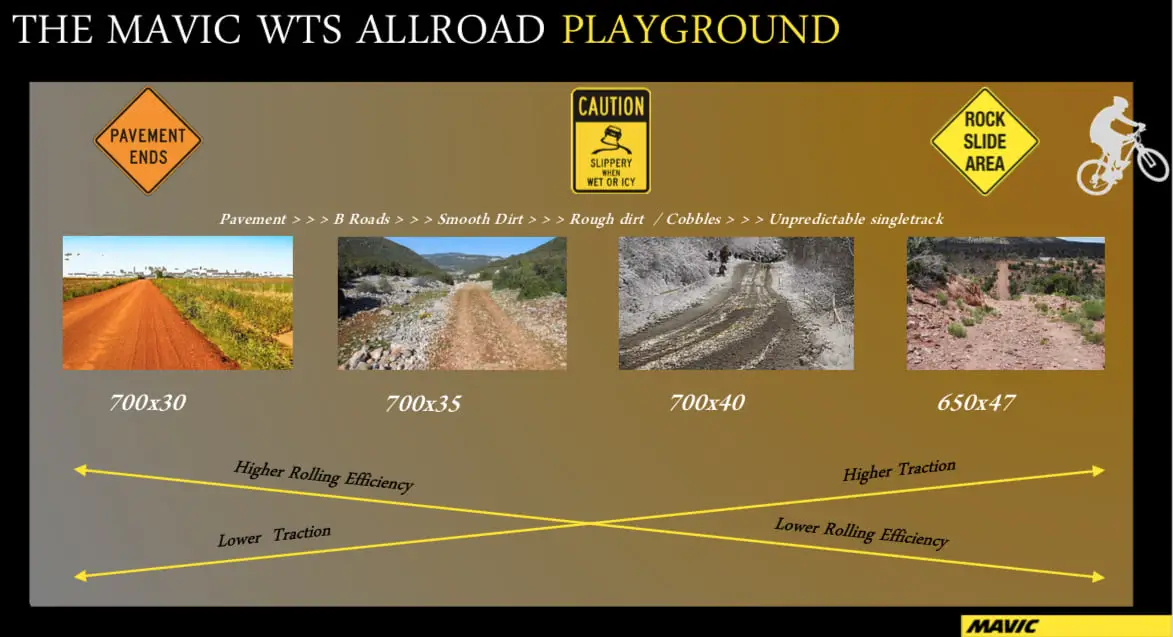
Then, once you’ve chosen on a tyre, you need to work out what pressure to run them at. This won’t only depend on what your planned riding will include, but also your weight. Most of us learn by trial and error and a few walks home. Mavic has tried to take some of the trial and error out of the process with an app that will calculate your optimum air pressure. It’s a nice idea and a quick play suggests their suggestions fit my own experiences pretty well.

First ride experiences
The Pyrenees treated us to a greater variety of terrain than we might have hoped for over our short stay thanks to a wet week before we arrived and heavy rain on the morning of our second riding day. Most of our test bikes (mine included) were fitted with the Allroad Pro UST wheelset/Yskion Allroad XL combo, and they had to deal with tarmac, dry compact gravel, loose and dusty surfaces, wet roads and tracks and a decent amount of sandy, soft mud. We climbed around 2000m and covered 75km on day one and around 1200m and a similar distance on day two.
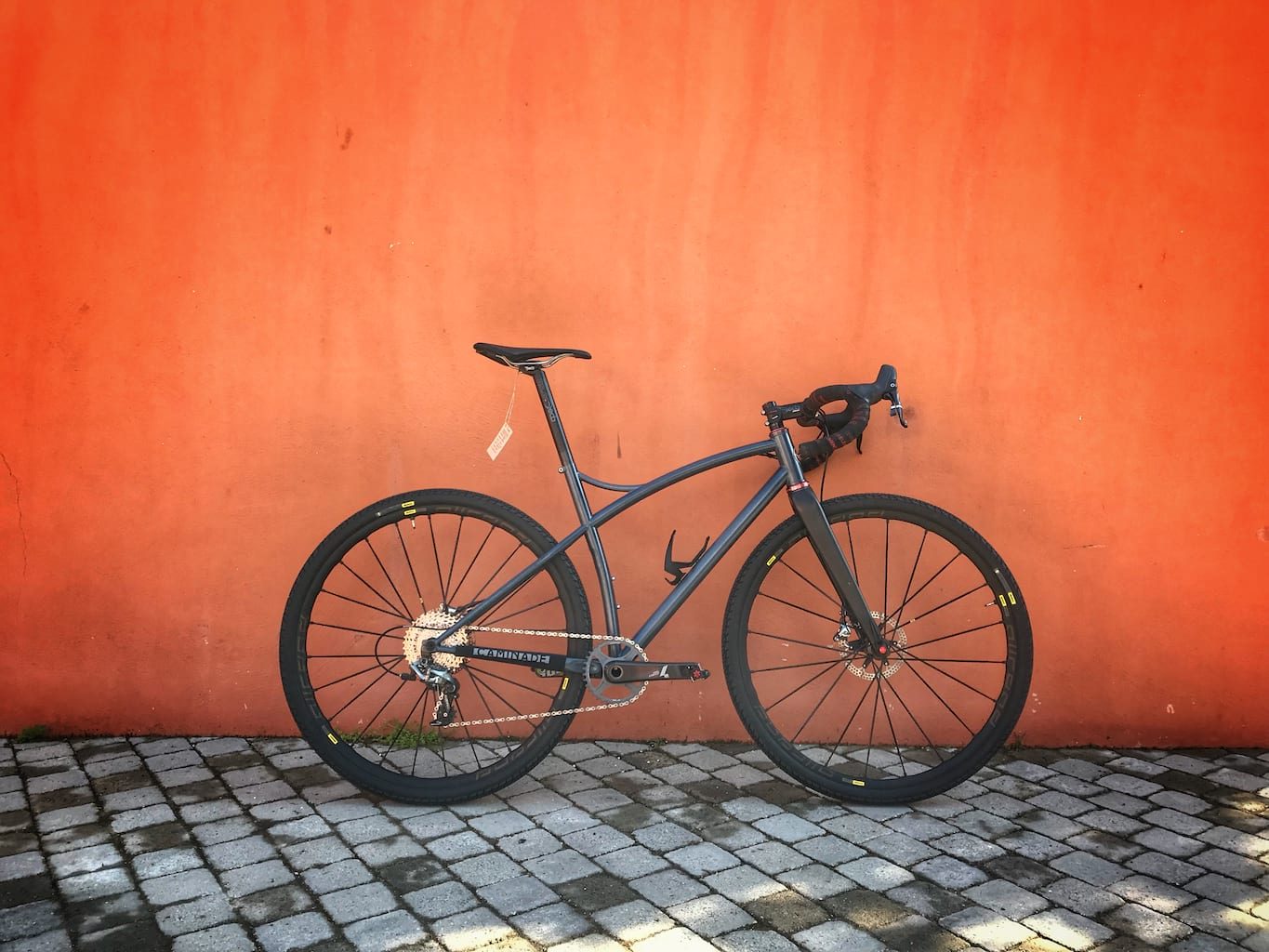
Starting with the tyres, my first impression was one of low rolling resistance. As we span along a flat and perfectly smooth cycle path, it felt easier to hold my speed than with the WTB Nanos that I have most recently been riding. It’s obviously a nice-to-have, but I was more interested in how they would handle off road. The cynic in me worried that they wouldn’t deal with anything other than dry surfaces. Hitting gravel, the tyres had more bite than I’d expected and a good cornering edge that instilled confidence, although the bike needed a bit of leaning over to find it. The only time the tyres felt somewhat overfaced was in mud, where they quickly became floaty and drifty. This is by no means an affliction that only the Yskions bear; ultimately a tyre designed for quick rolling on dirt roads is always going to suffer when it has no firm surface to grip. For those of us living in soggy climes, the Yskion is likely to be a summer only option though. Amongst a group of 20 or so riders we had a couple of punctures that were severe enough not to seal – most of which were sustained on terrain that pushes the bounds of what many would consider to be gravel riding. I was victim to an ugly water bar (and some pretty ugly riding on my part) which holed my tyre at the bead. It was the kind of hit that I instantly winced at and I wasn’t surprised to see the damage, but it is a reminder that there is only so much that a 700c x 40mm tyre will ever realistically absorb.

The Allroad Pro UST wheelset was notable only really in that it let me get on with riding – in the best kind of way. Pick up felt as efficient as the design suggests and while the wheelset isn’t mind-blowingly light, it felt responsive and far from being a deadweight when putting in the odd cheeky acceleration. We’ll look forward to testing a pair over a longer time in UK conditions to see how they cope longevity wise, but the wheels look like a promising option for those who want to lose some weight from a stock bike build but don’t fancy (or can’t afford to) go down a carbon route.

